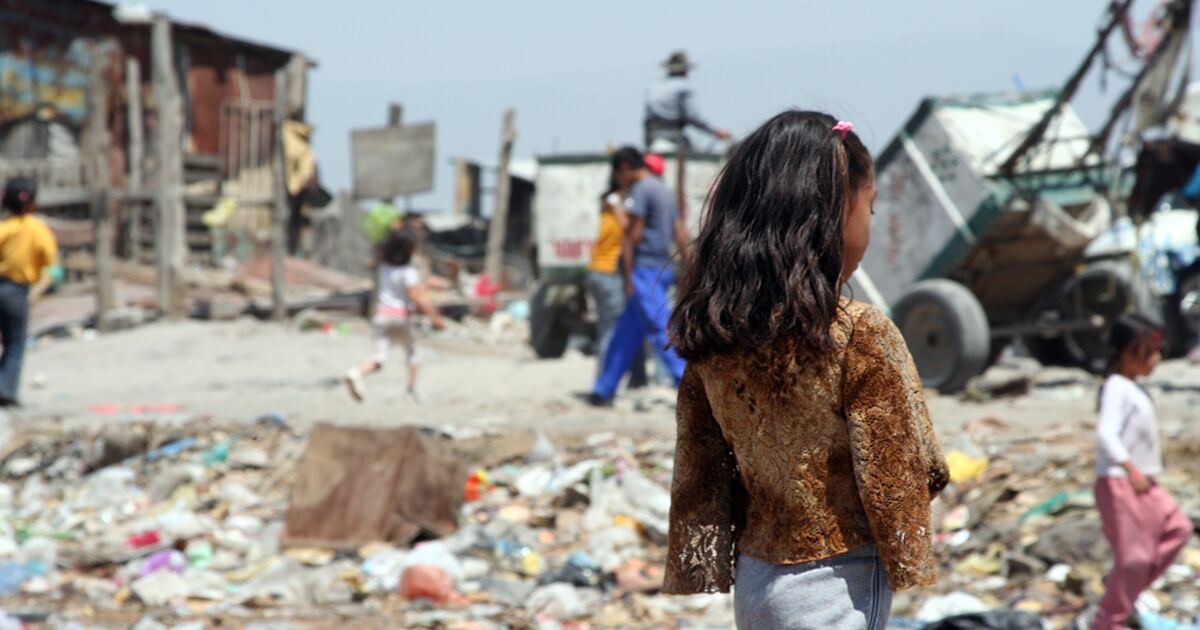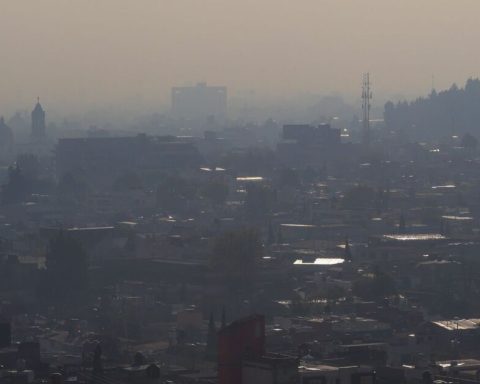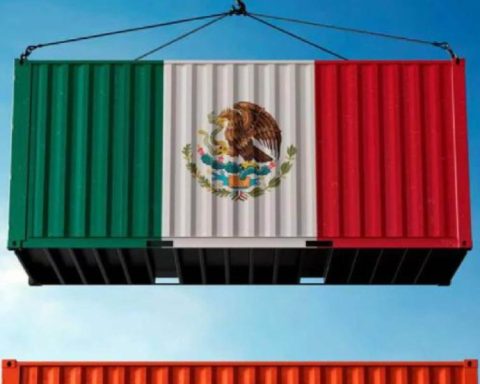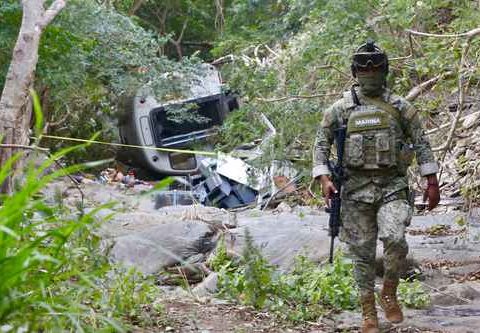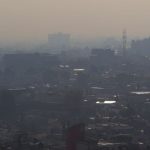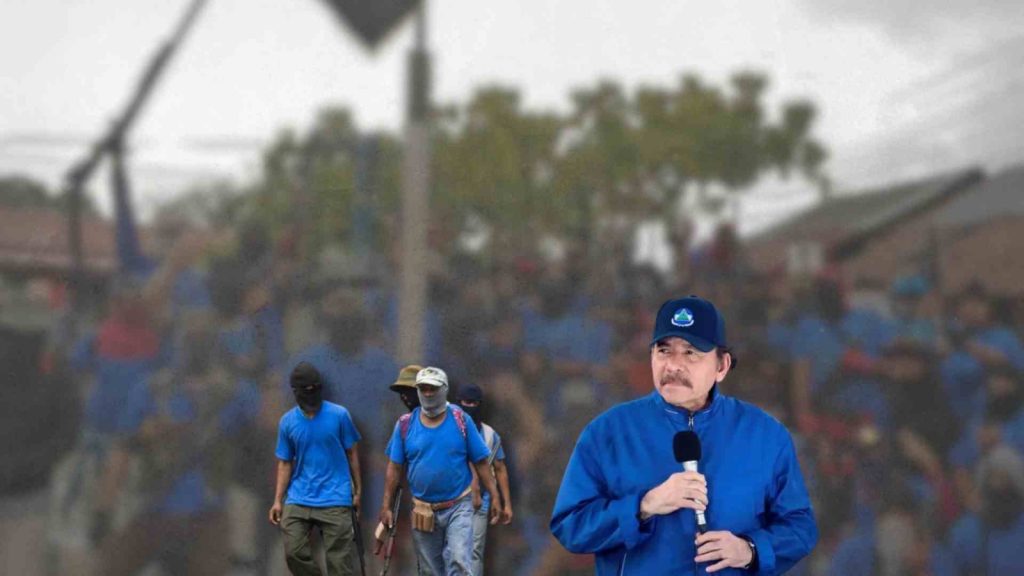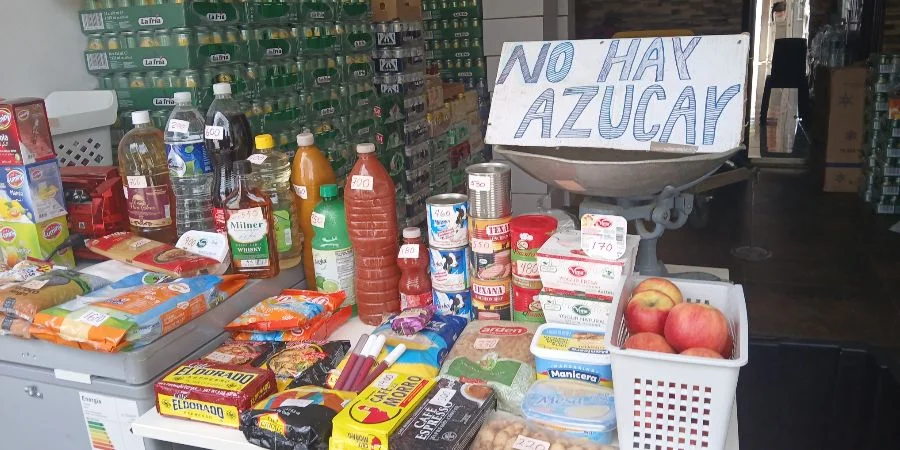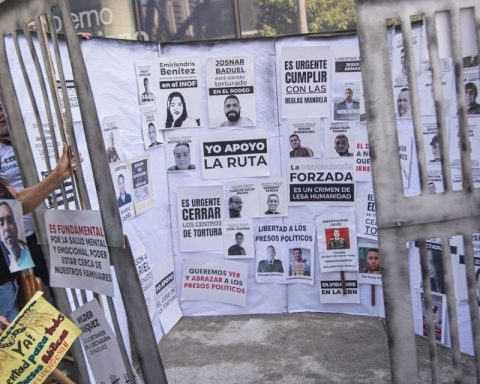Unlike the World Bank, which establishes extreme poverty when a person earns a maximum of $2.15 a day, the MPI is prepared with indicators such as the lack of adequate housing, sanitation, electricity, fuel for cooking, nutrition and schooling.
“The MPI 2024 paints a sobering picture,” says the head of statistics for the UNDP Human Development Report, Yanchun Zhang, who warns that of the 1.1 billion multidimensional poor, “455 million live in the shadow of conflict.”
“In war-torn nations, poverty rates are three times higher than in more peaceful environments, and the deprivations people face – whether in nutrition, water, sanitation, electricity or education – are three to five times more serious,” he tells AFP.
“For the poor in conflict-affected countries, the fight for basic needs is a much harder and more desperate battle,” he adds.
In 2023, there were more conflicts than at any time since World War II, the report recalls.
The conclusions of this report, which studies the situation of 112 countries, where 6.3 billion people live, are that poverty affects rural areas more (28%) than urban areas (6.6%); that young people under 18 years of age are more affected (27.9%) than adults (13.5) and that the majority (83.2%) of the world’s poor live in sub-Saharan Africa and Southeast Asia.
The five countries with the highest levels of poverty are India (234 million), Pakistan (93 million), Ethiopia (86 million), Nigeria (74 million) and the Democratic Republic of Congo (66 million).
